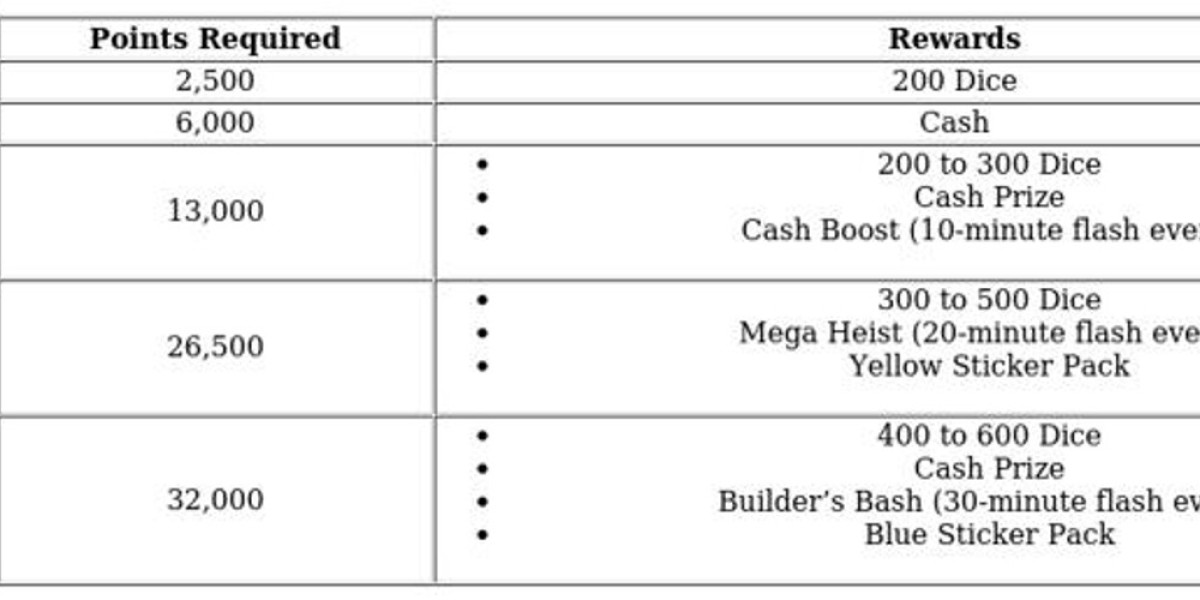The Vertical Axis Wind Turbine Market is gaining momentum as renewable energy adoption accelerates across urban, commercial, and industrial sectors. According to insights As Per Market Research Future, the official Vertical Axis Wind Turbine Market report highlights increasing interest in versatile, space-efficient wind energy solutions capable of operating in diverse environments. Vertical axis wind turbines (VAWTs) are emerging as a viable alternative to traditional horizontal axis wind turbines due to their unique design and adaptability.
Vertical axis wind turbines differ from conventional horizontal turbines in that their main rotor shaft is vertical rather than horizontal. This design allows them to capture wind from any direction without the need for yaw mechanisms, making them suitable for areas with turbulent or variable wind patterns. VAWTs also offer a smaller footprint, quieter operation, and easier integration into urban landscapes, industrial facilities, and offshore installations, driving their adoption across multiple applications.
One of the primary drivers of the Vertical Axis Wind Turbine Market is the increasing emphasis on decentralized and urban renewable energy solutions. As cities aim to reduce carbon emissions and enhance sustainability, small- and medium-sized VAWTs are being installed on rooftops, residential complexes, and commercial buildings. These turbines provide localized energy generation, reduce grid dependency, and contribute to cleaner urban power systems.
Industrial applications are another key growth factor. Manufacturing plants, warehouses, and industrial parks often require supplemental energy solutions to meet high electricity demands. Vertical axis wind turbines can be integrated alongside existing energy systems to provide reliable, renewable power without occupying extensive land areas. Their robustness and low maintenance requirements make them attractive for industrial energy planners seeking efficiency and sustainability.
Technological advancements in turbine design and materials are further propelling market growth. Innovations such as lightweight composite blades, noise reduction features, and improved aerodynamics enhance VAWT efficiency and durability. Integration with smart monitoring systems and energy storage solutions allows operators to optimize performance and manage energy output in real-time. These improvements make vertical axis turbines more competitive and reliable across a broader range of applications.
The renewable energy sector itself is driving adoption. Governments and private organizations are increasingly implementing policies and incentives that support clean energy deployment. Vertical axis wind turbines, with their suitability for smaller spaces and challenging wind environments, align well with urban energy policies, rural electrification programs, and distributed energy initiatives. As renewable energy becomes a priority globally, demand for VAWTs is expected to expand steadily.
Environmental and safety considerations also play a role in market adoption. VAWTs generate less noise and vibration compared to horizontal axis turbines, reducing impact on nearby residents and wildlife. Their compact design enables safer installations in populated areas while maintaining efficiency. Additionally, VAWTs require fewer moving parts and minimal maintenance, making them a cost-effective and environmentally friendly energy solution.
The offshore energy market offers additional opportunities for vertical axis wind turbines. Floating and coastal installations benefit from VAWTs' ability to handle variable wind directions and withstand turbulent offshore conditions. As offshore wind energy continues to grow, vertical axis designs may complement traditional turbines by providing flexible, resilient power generation in challenging environments.
Urbanization trends also support market expansion. With limited land availability in densely populated areas, vertical axis wind turbines offer a practical alternative for renewable energy deployment. They can be installed on rooftops, near transportation hubs, or integrated into mixed-use developments, providing sustainable energy solutions without compromising architectural aesthetics or urban planning requirements.
The competitive landscape of the Vertical Axis Wind Turbine Market includes established manufacturers, renewable energy technology startups, and global energy firms. Companies are focusing on research and development, strategic collaborations, and customized turbine solutions to meet the growing demand. Differentiation through technology, efficiency, durability, and ease of installation remains a key driver for market positioning.
Small and medium-sized enterprises, as well as community-based energy projects, are increasingly adopting VAWTs due to their flexibility and cost-effectiveness. These turbines provide a reliable source of renewable energy in remote locations, industrial parks, and urban areas, supporting sustainability initiatives while reducing electricity costs. The versatility of vertical axis designs positions them as a strong growth segment in distributed and decentralized energy markets.
Looking ahead, the Vertical Axis Wind Turbine Market is poised for continued growth as renewable energy adoption expands globally. Technological innovations, supportive policies, urbanization trends, and industrial energy requirements collectively drive demand. Vertical axis wind turbines, with their adaptability, efficiency, and compact design, are expected to play a significant role in the future of sustainable energy generation.
FAQs
1. What is a vertical axis wind turbine and how does it differ from a horizontal axis turbine?
VAWTs have a vertical rotor shaft and can capture wind from any direction, unlike horizontal turbines that require orientation mechanisms.
2. Where are vertical axis wind turbines commonly used?
They are widely used in urban areas, rooftops, industrial facilities, offshore installations, and distributed energy projects due to their compact design.
3. What advantages do vertical axis wind turbines offer?
They are space-efficient, quiet, low-maintenance, adaptable to turbulent wind conditions, and suitable for urban, industrial, and offshore applications.
More Related Reports:
High-Performance Fuel Cells Market








